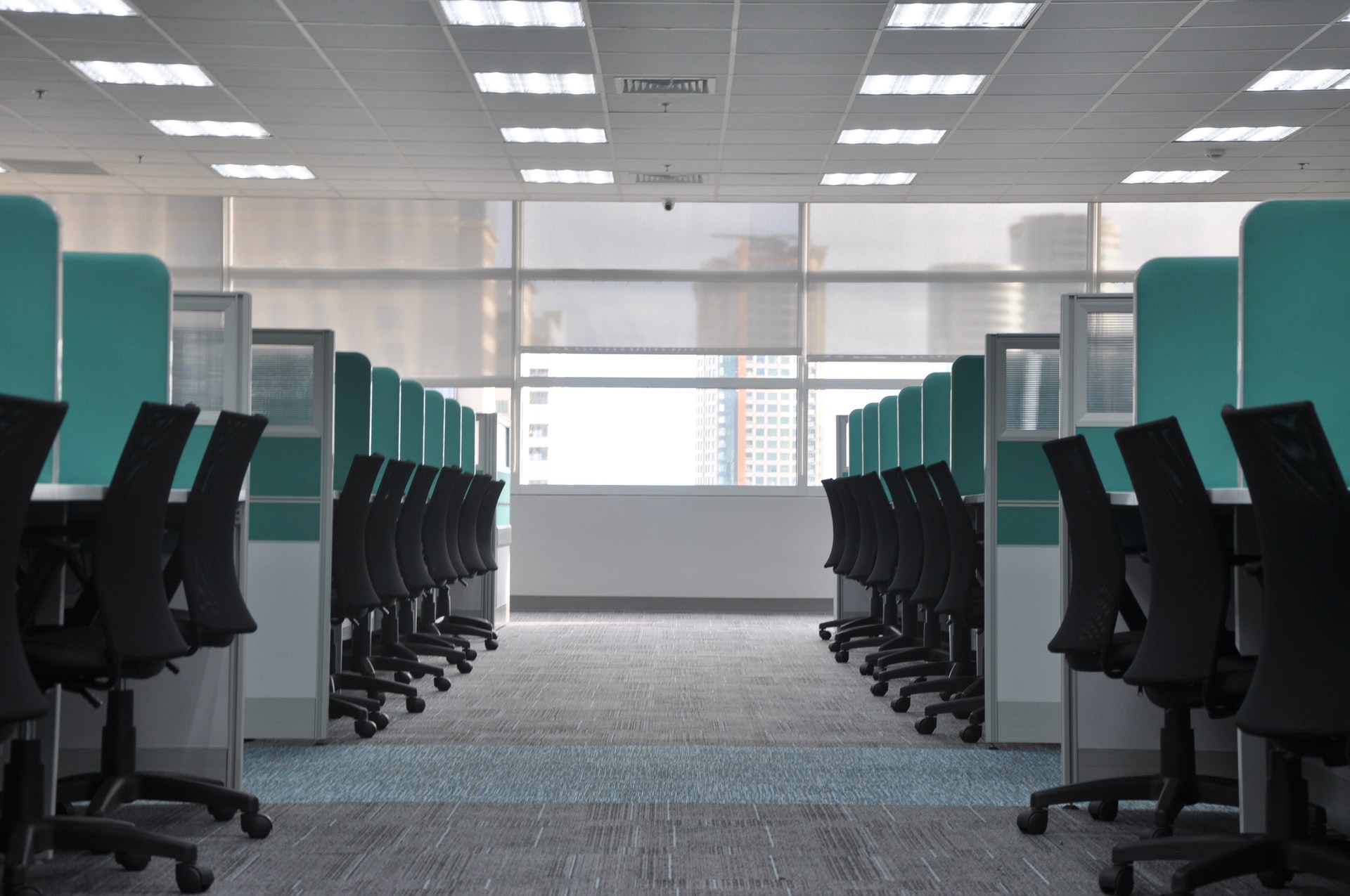As the pandemic has accelerated the digitization of interactions with customers, the insurance industry has begun to rethink the customer experience. But companies now need to start to redesign another experience, too: the employee's.
We know that two highly effective vaccines should be available in quantity in April or so, which means that they could become a reliable line of defense against COVID by next winter or perhaps even next fall. That gives us roughly a year to design and implement a new work environment, a new experience for employees that incorporates the best of the old, in-person model and the best of the new, digital/Zoom experience.
What should that new environment look like?
A smart recent piece in Strategy & Business provides a systematic way to start adapting now to the new world of work, by taking the same sort of approach to the employee experience that companies routinely take to understand the customer journey. The piece promises that companies have a "once-in-a-generation opportunity to increase engagement and productivity."
For me, the smartest suggestion in the piece is a variant of the test-and-learn approach that many companies have begun to implement in their formal innovation programs:
"Many companies conduct annual employee engagement or satisfaction surveys. Our advice: Throw them out, at least for now. What you need now is a steady series of short pulse surveys and conversations that ask employees to name their three biggest time wasters or other headaches. Focus on tools ('Do you have what you need?'), authority ('Are you empowered to make decisions?' or 'Is it easy to get approvals?'), and distractions ('What pulls you away from the task at hand?'). Turn those answers into a Pareto chart, start working the list, and come back the following month to get new insights."
The authors note that, while we focus on the change in our customers' behavior and demands, we should also realize that internal customers have changed, too, because of work-from-home and increased digitization. So, we should use process maps and customer journey tools to understand the flow of work and make sure we're serving internal customers as effectively and efficiently as possible.
The piece argues for starting now (if we haven't already) to rethink the mix of talent we'll need and suggests a key adjustment in management. Because the timing of work has to be less predictable, as people juggle kids at home, management needs to be more flexible. The focus needs to be on objectives, not schedule, the authors argue.
The authors say staff development poses a particular problem. So much depends on mentorship, which is far harder in a world of remote work; they recommend continual focus on finding other ways to build relationships that nurture talent.
Finally, they underscore the need for even more communication than normal. With so many working remotely, people can lose the thread. So, employees need to continually hear what the big picture is and understand how they fit.
The piece I'd add is that special attention needs to be paid to innovation, because it depends so heavily on the sorts of interactions that just aren't possible in a Zoom world. When I worked on an innovation-related project at the Department of Energy a decade ago, I was struck that Secretary Steven Chu's redesign of the national research labs spent a lot of time on schedules and the design of the cafeterias, because he wanted to encourage as much informal interaction as he could among his scientists. When my younger daughter somehow secured us a viewing of "Up" at Pixar headquarters a month before it debuted in theaters in 2009, people talked about how carefully Steve Jobs had designed the building, down to placement of bathrooms, to encourage informal interaction among all those creative folks. Kevin Kelly, the co-founder of Wired, says the new world of work should see people doing all their work at home and just coming to the office from time to time so serendipity can work its magic through chance meetings in the hallways.
Those chance meetings will become possible again, both in hallways and at in-person industry events, but not until the virus is well and truly contained. So, we need an interim strategy for innovation and all the other issues raised in the Strategy & Business article that will last us at least a year and perhaps longer, given how slowly the world will probably return to normal even once a high percentage of us are vaccinated. We should also take the time to pull out a clean sheet of paper and design the world of work that we want to inhabit once offices and travel become widely available to us again.
People have never been more open to change than they are now. Let's seize the opportunity.
Stay safe.
Paul
P.S. Here are the six articles I'd like to highlight from the past week:
How to Outperform on Innovation
It is up to all of us leaders to advance diversity and inclusion. It's the morally right thing to do, and it's the only commercially smart answer.
Technology and the Agent of the Future
Technology promises to free agents to spend more time with clients and prospects, broadening and deepening relationships.
4 Initiatives That Unlock IoT’s Value
IoT has largely been used in tactical ways to solve specific problems, but there is great strategic value if it is tied to certain types of initiatives.
How COVID Alters Consumer Demands
Digital transformations that would have taken three to five years are now happening in under six months.
Opportunity Among Latinos in U.S.
It’s crucial to understand the distinctions in purchasing behavior when comparing the Hispanic market with the broader insurance market.
P&C Distribution: What’s Old Is New
There are eight different models or options for insurers to consider -- but it's fair to ask if these distribution models are really new.





